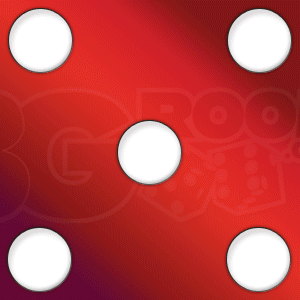Backgammon Holding Game Basic Concepts
One situation in backgammon that you'll become very familiar with is having an anchor or two on the opposing side of the board on the outfield and your opponent being in the same situation. In backgammon, this situation is called a holding game. There are several holding game strategies that will come into play but we will only tackle the basic concepts for this strategy.
There are two basic concepts that one must understand before learning the other strategies for the holding game. The first one is to recognize if you have a holding game in the making. The second concept is knowing which checkers you should move once a holding game comes into play.
Let's start with the very first basic concept for the backgammon holding game, which is recognizing if you have one in play. One secret to being a better backgammon player is to know and adapt your strategies to the situation on the board. You can't adjust your strategy if you can't recognize what game plan is plausible on the backgammon board.
You have a holding game if you have anchors on the outfield (i.e. outer table and opponent's home board). You may have one or two anchors or even more as long as you have outfield points you very well have a holding game. Your anchors should not be cornered by an opposing prime and the rest of your checkers have cleared any opposing contact.
One thing we'd like to emphasize is that you don't have a holding game if your anchors are pinned behind a prime that is around four points in length. This in turn is now a priming game and not a holding game. Once you recognize this backgammon strategy you move to the next step.
In a holding game, the threat comes from the anchors you and your opponent has set up. Both of you are waiting for the correct moment to hit a blot. The next step is to hit when an opportunity comes in a backgammon game. If that opportunity isn't there then your next likely step in a holding game is to make more home board points.
You don't want to leave blots when you are in a holding game in backgammon. Getting hit at this point in the game will be a disaster. One big break for you to move your anchors forward is when you roll doubles. When you do roll doubles you should move your anchors especially the ones on your opponent's home board. When your luck strikes get doubles on the dice then prioritize moving your anchors.
Understanding these basic concepts for the backgammon holding game is necessary. The holding game is a rather typical situation you'll regularly be in.

